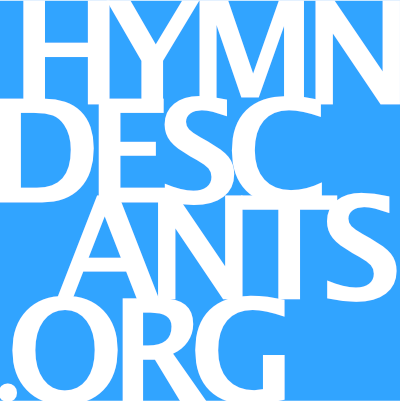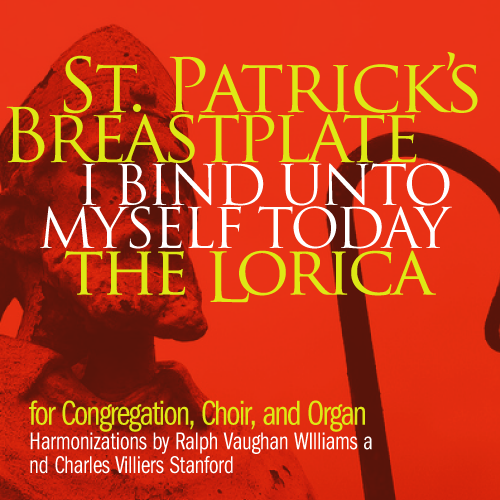Descant to the hymn tune ST PATRICK'S BREASTPLATE. Audio: organ meditation/introduction + hymnal half verse + hymnal verse + Deirdre (2vv) + (ad lib) + Descant verse (@3:01). Free score with instrumental intro and harmonized descant with choir part. Remastered.Free score.
1 I bind unto myself today
the strong Name of the Trinity,
by invocation of the same,
the Three in One, and One in Three.
2 I bind this day to me for ever,
by power of faith, Christ's Incarnation;
his baptism in the Jordan river;
his death on the cross for my salvation;
his bursting from the spiced tomb;
his riding up the heavenly way;
his coming at the day of doom:
I bind unto myself today.
6. DEIDRE, harm. RVW
Christ be with me, Christ within me,
Christ behind me, Christ before me,
Christ beside me, Christ to win me,
Christ to comfort and restore me,
Christ beneath me, Christ above me,
Christ in quiet, Christ in danger,
Christ in hearts of all that love me,
Christ in mouth of friend and stranger.
7 descant
I bind unto myself the Name,
the strong Name of the Trinity,
by invocation of the same,
the Three in One, and One in Three.
Of whom all nature hath creation,
eternal Father, Spirit, Word:
praise to the Lord of my salvation,
salvation is of Christ the Lord.
The text is in the form of a Lorica, a traditional Celtic form of protective prayer going by the Latin word for a garment of spiritual armor, hence the English name 'Breastplate.' The Lorica sancti Patricii is found in the in the Irish Liber Hymnorum in an ancient Celtic dialect, attributed to the 5th C giant of Celtic Christianity. One of the earliest citations appears in the 9th C Book of Armagh where the recitation of the Lorica sancti Patricii is referenced as one of the four means of expressing the appropriate liturgical remembrance. The 7th C. Celtic dialect in which the hymn is rendered is considered forensic evidence that the Liber hymnorum is more ancient than the earliest manuscripts that have been so far discovered. (You can read more from the Irish Diocese of Meath, which has provided a translation in an informative commentary.) Following several failed attempts at rendering this into a congregational setting, success was achieved by Charles Villiers Stanford, who assembled several traditional tunes of his Irish homeland drawn from a collection by George Petrie, which Stanford was editing at the time. The resulting arrangement (all eight pages of it!) can be found in the Church of Ireland's Church Hymnal; many hymnals publish a harmonization for the 1906 English Hymnal by Ralph Vaughn Williams; the Irish Church Hymnal and Hymns Ancient and Modern use one of Stanford's settings. The text was translated into metrical form for singing by Cecil Frances Alexander (Once in Royal David's City, All Things Bright and Beautiful), combining iambic and trochaic syllabization with a mixture of LM and LMD passages.
References
- The Church in Wales, Plwyf Llandudno Parish: St. Patrick's Breastplate
- Archive.org: The Irish "Liber hymnorum" Volume 1: Lorica S. Patricii
- Ecclesiastical History of the Dicoese of Meath: Lorica Sancti Paricii (Google Books) p.370
- St. Patrick's Confessio: Book of Armagh, Trinity College, Dublin, MS 52


